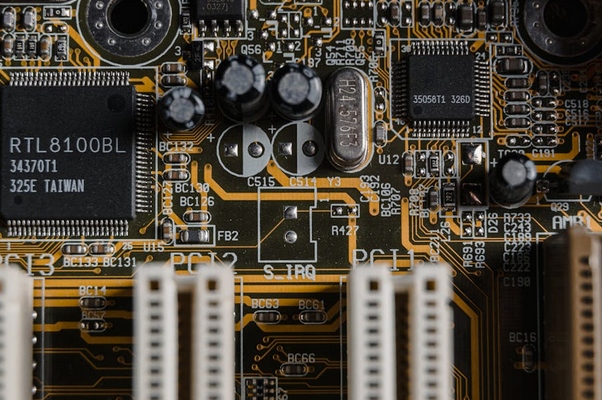Power supplies, as the “heart” of electronic devices, come in various types, each with its own characteristics. This article aims to review the different types of power supplies that engineers may encounter in their work, allowing readers to quickly understand and identify them.

-
Switching Power Supply: An efficient power supply that converts input voltage to the desired output voltage by frequently turning the switching element on and off.
-
Inverter Power Supply: A device that converts direct current (DC) to alternating current (AC), commonly used in solar power generation systems and uninterruptible power supply (UPS) systems.
-
AC Voltage Regulator: A power supply that provides stable AC output voltage, suitable for electronic devices sensitive to voltage fluctuations.
-
DC Voltage Regulator: A power supply that outputs stable DC voltage, widely used in laboratories and for powering electronic devices.
-
DC/DC Converter: A power module that converts one DC voltage to another, commonly used in embedded systems.
-
Communication Power Supply: A power supply designed specifically for communication devices, featuring high efficiency, high reliability, and various protection functions.
-
Modular Power Supply: Products that integrate power supply functions into small modules, facilitating system integration and maintenance.
-
Variable Frequency Power Supply: A power supply capable of outputting adjustable frequency AC, used for testing motors and variable frequency devices.
-
UPS Power Supply: An uninterruptible power supply that provides emergency power during a power outage, ensuring critical equipment continues to operate.
-
EPS Emergency Power Supply: A power supply used for emergency lighting and evacuation indication systems, characterized by quick emergency startup and long power supply duration.
-
Purified Power Supply: A power supply that provides clean and stable output through filtering and noise reduction techniques, suitable for applications with high power quality requirements.
-
PC Power Supply: A power unit that provides power to personal computers, including various specifications such as ATX and SFX.
-
Rectifier Power Supply: A power supply that converts AC to DC, commonly used in power electronic devices and battery charging systems.
-
Custom Power Supply: A power supply designed according to specific user requirements, offering high flexibility and adaptability.
-
Heating Power Supply: A power supply used for heating devices, typically featuring temperature control and power adjustment functions.
-
Welding Power Supply/Arc Power Supply: A power supply that provides power for welding and arc cutting equipment, characterized by high current output and stable arc characteristics.
-
Electroplating Power Supply: A power supply used in electroplating processes, typically featuring constant voltage, constant current output, and precise current control functions.
-
Network Power Supply: A power device that can be remotely controlled and managed via a network, suitable for data centers and smart buildings.
-
Power Operation Power Supply: A power supply that provides power for control, protection, and signaling devices in power systems.
-
Adapter Power Supply: A power converter that converts AC to DC suitable for specific devices.
-
Linear Power Supply: A power supply that achieves voltage conversion through linear regulation components, characterized by low output ripple and good stability.
-
Power Supply Controller/Driver: Devices used to control and manage power output, including adjustments for voltage, current, and power.
-
High Power Supply: A power supply that provides high power output, suitable for high-power electronic devices and systems.
-
Other General Power Supplies: Includes various general power supplies not listed in the above categories.
This article is an original piece by Fan Yi Education. Please indicate the source when reprinting!